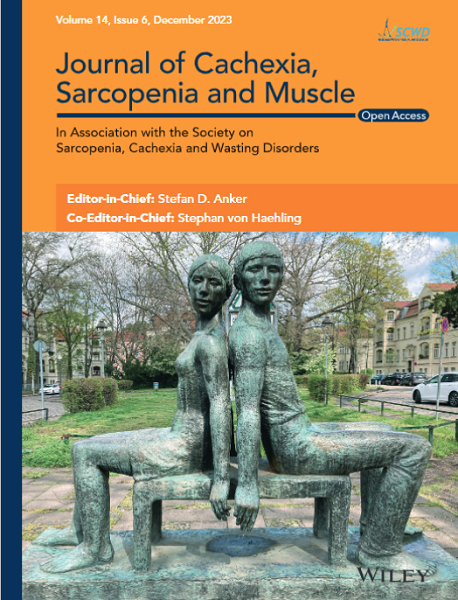Characterization of SARS-CoV-2 Entry Genes in Skeletal Muscle and Impacts of In Vitro Versus In Vivo Infection
Abstract
Background
COVID-19 has been associated with both respiratory (diaphragm) and non-respiratory (limb) muscle atrophy. It is unclear if SARS-CoV-2 infection of skeletal muscle plays a role in these changes. This study sought to: 1) determine if cells comprising skeletal muscle tissue, particularly myofibres, express the molecular components required for SARS-CoV-2 infection; 2) assess the capacity for direct SARS-CoV-2 infection and its impact on atrophy pathway genes in myogenic cells; and 3) in an animal model of COVID-19, examine the relationship between viral infection of skeletal muscle and myofibre atrophy within the diaphragm and limb muscles.
Methods
We used in silico bioinformatics analysis of published human single cell RNA-seq datasets, as well as direct qPCR examination of human myotubes and diaphragm biopsies, to assess expression of key genes involved in SARS-CoV-2 cellular entry. In Vitro, we determined the ability of SARS-CoV-2 to directly infect myogenic cells and employed qPCR to assess the impact on muscle atrophy pathway genes (ubiquitin-proteasome, autophagy). In vivo, the diaphragm and quadriceps of Roborovski hamsters with SARS-CoV-2 respiratory infection were examined at day 3 post-inoculation to evaluate the relationship between atrophy pathway and SARS-CoV-2 transcripts by qPCR, as well as histological measurements of myofibre morphology.
Results
Angiotensin converting enzyme 2 (ACE2), the primary receptor for SARS-CoV-2, as well as cooperating proteases (furin, cathepsins B and L), are expressed by myofibres. ACE2 expression was increased 5-fold (p = 0.01) in the diaphragms of mechanically ventilated human subjects compared to controls. In Vitro, a time-dependent increase of SARS-CoV-2 transcript levels was observed in myotubes directly exposed to the virus (p = 0.002). This was associated with downregulation of the ubiquitin ligase MuRF1 (by 64%, p = 0.002) and the autophagy gene LC3B (by 31%, p = 0.009). In contrast, in vivo infection led to upregulation of MuRF1 in quadriceps (23-fold, p = 0.0007) and autophagy genes in both quadriceps (5.2-fold for Gabarapl1, p = 0.03; 7-fold for p62, p = 0.0002) and diaphragm (2.2-fold for Gabarapl1, p = 0.03; 2.3-fold for p62, p = 0.057). In infected hamsters the diaphragm lacked viral transcripts but exhibited atrophy (48% decrease in myofibre area; p = 0.02), whereas the quadriceps lacked myofibre atrophy despite elevated viral transcripts in the muscle.
Conclusions
Although myogenic cells express the genes required for SARS-CoV-2 entry and can be directly infected, there was no evident relationship between viral transcript levels and manifestations of atrophy, either in vitro or in vivo. Our results do not support direct myofibre infection by SARS-CoV-2 as a likely cause of atrophy in COVID-19.


 求助内容:
求助内容: 应助结果提醒方式:
应助结果提醒方式:


